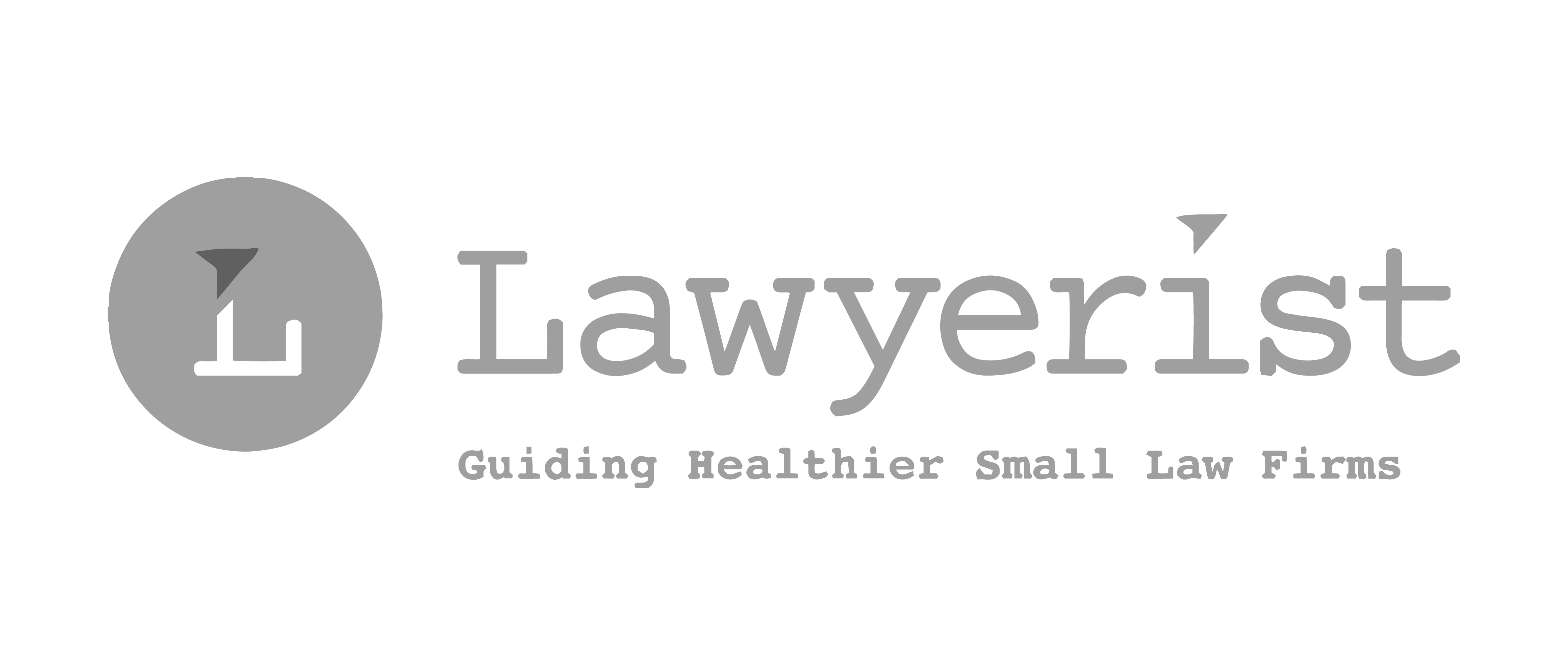Demystifying the Billable Hour: How to Right-Size Your Rates

Every lawyer has to deal with a decision that can make or break a law firm: what to charge for your work.
If the topic fills you with dread, or you become uncomfortable just thinking about talking money with clients, you’re not alone. However, with prices on the rise over the last year (global inflation is forecasted to rise to 8.8% in 2022), it’s the right time to look at your current rates and see if you’re charging enough to remain profitable. Having the metrics to justify your rates can give you more confidence. Here’s where to start.
1. Track time and expenses meticulously
The only way to know how much time something takes is to track it thoroughly. If you’ve held onto paper time-tracking methods, it’s time to let them go and switch to time-tracking software. Using manual methods makes it easy to forget to bill for a meeting or a quick five-minute phone call.
Time-tracking software, on the other hand, stores all of your time entries in one place: your practice management software. Start and stop time seamlessly using different timers for different projects. Software like Rocket Matter offers integrations that let you bill for time directly from your email accounts. All of this time data can be used to create invoices at the end of the month. You know they’ll be 100% accurate because you entered the data as you went.
Another major difficulty of tracking time is that you forget to bill for certain minutes or feel bad for only billing for a little bit of time. Multiple time trackers take care of this issue. When you keep one timer going for a project, it won’t be a big deal to start it and have to stop it 5 minutes later if you’re interrupted. You did work those five minutes, so you should bill for them.
When you need to know how much to bill, look at past time data using business intelligence to see how long certain tasks take you. This allows you to accurately calculate viable rates for value-billing and tells you exactly how much you need to charge per hour for a client.
2. Understand your workload and workflow in your project management software
Understanding how to bill for a project starts with knowing how long it took you to complete, bottlenecks that came up, and the workflows required from start to finish. Project management software allows you to create phases for each part of a case and keep track of all of your matters. When you can break down each matter into an automated set of tasks, you get a complete picture of the work involved.
When you’re setting rates, you can look at previous projects in your software to better understand where all your time went, how many types of tasks you were able to perform in one day, and how quickly your employees can work on certain matters.
3. Figure out what you can automate
Time tracking is only half the puzzle of creating profitable rates. The average lawyer only bills for less than 30% of their workday, so what happens to the rest of the time? Much of it is spent on time-consuming non-billable hours.
A way to make more money without raising rates on clients is to automate manual tasks that a computer could do for you.
One set of tasks to automate is legal billing and invoicing. Batch billing, for example, allows you to generate multiple invoices of a similar type simultaneously. For example, multiple clients use a particular service, you could create their invoices all at once. The software generates these invoices for you in the background so you can spend the time completing billable work.
4. Streamline your processes
In your quest to right size your rates, don’t neglect a thorough review of your workflows and processes. When you implement processes that are streamlined and efficient, you may find that your rates are more profitable than you expect.
Reviewing workflows and processes can involve automating tasks (see above), but it can also mean examining the tools in your practice management software. Are you putting them to their best use, or are they being sidelined in favor of older (but less efficient) processes?
Consider a common scenario: you need to get documents signed by a client. Your team prints and prepares the documents, and sends them out in the mail. You wait a week to get them back, but receive nothing, so your office calls not once, but twice, before you get a response. Finally, another week later, you receive the signed documents.
This is time consuming and tedious—plus the office costs of printing and mailing can quickly add up. And all of this? It goes into your rates. But what if you implemented secure file sharing and eSignature instead? You would be able to complete this task more efficiently, decrease overhead costs, and offer a more convenient experience for your client.
5. Get a clear view of your cashflow
To better understand how much to charge, you need a complete understanding of how much money your firm makes in cash every month. However, bottlenecks occur when clients pay late, affecting your bottom line. Getting paid promptly helps you understand your monthly cash flow better so you know how much you need to charge.
While you can always charge late fees to encourage clients to pay on time, an even better way to get paid promptly is to accept online payments. Plus, when you accept online payments, you can offer recurring billing. If a client pays you on a retainer, then you can automatically charge them from their account every month. You use zero non-billable hours to do their invoicing, and they never have to worry about paying you on time.
6. Advanced reporting software
The data already in your practice management software is the key to creating fair, billable rates.
Use reports to see which clients are worth your while and which ones you’re undercharging. Check your billing, utilization, and collection rates for a clear picture of the financial health of your firm. You may think your hourly rate works, but you could be forgetting about clients that you accepted at a lower rate or family members you cut a deal for.
Reporting software can also show you metrics like productivity per matter and productivity per user so you can see which employees and clients are helping you stay profitable and which ones aren’t working for your firm.
Simplify the billable hour with Rocket Matter
Rocket Matter’s robust legal practice management software includes all the features in this article and more to help you secure more billable hours and set the right rates. These automated tools are designed with your success in mind—growing your law firm is the end goal.
Implement our time-tracking software to track time and expense from anywhere with our app and utilize multiple timers for different matters to count every billable minute, so you can charge clients and explain your rates with confidence.
To learn more about how our software solutions can create feasible rates that work for your firm and your clients, schedule a demo with Rocket Matter today.
Share post:








